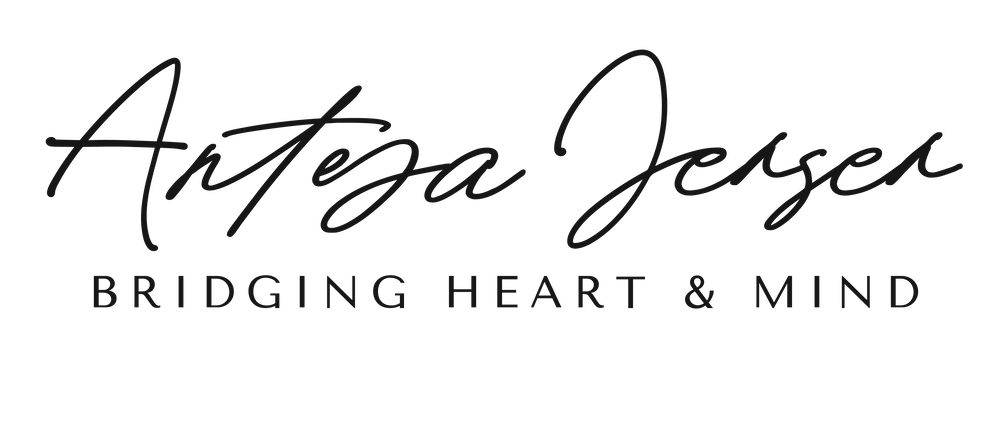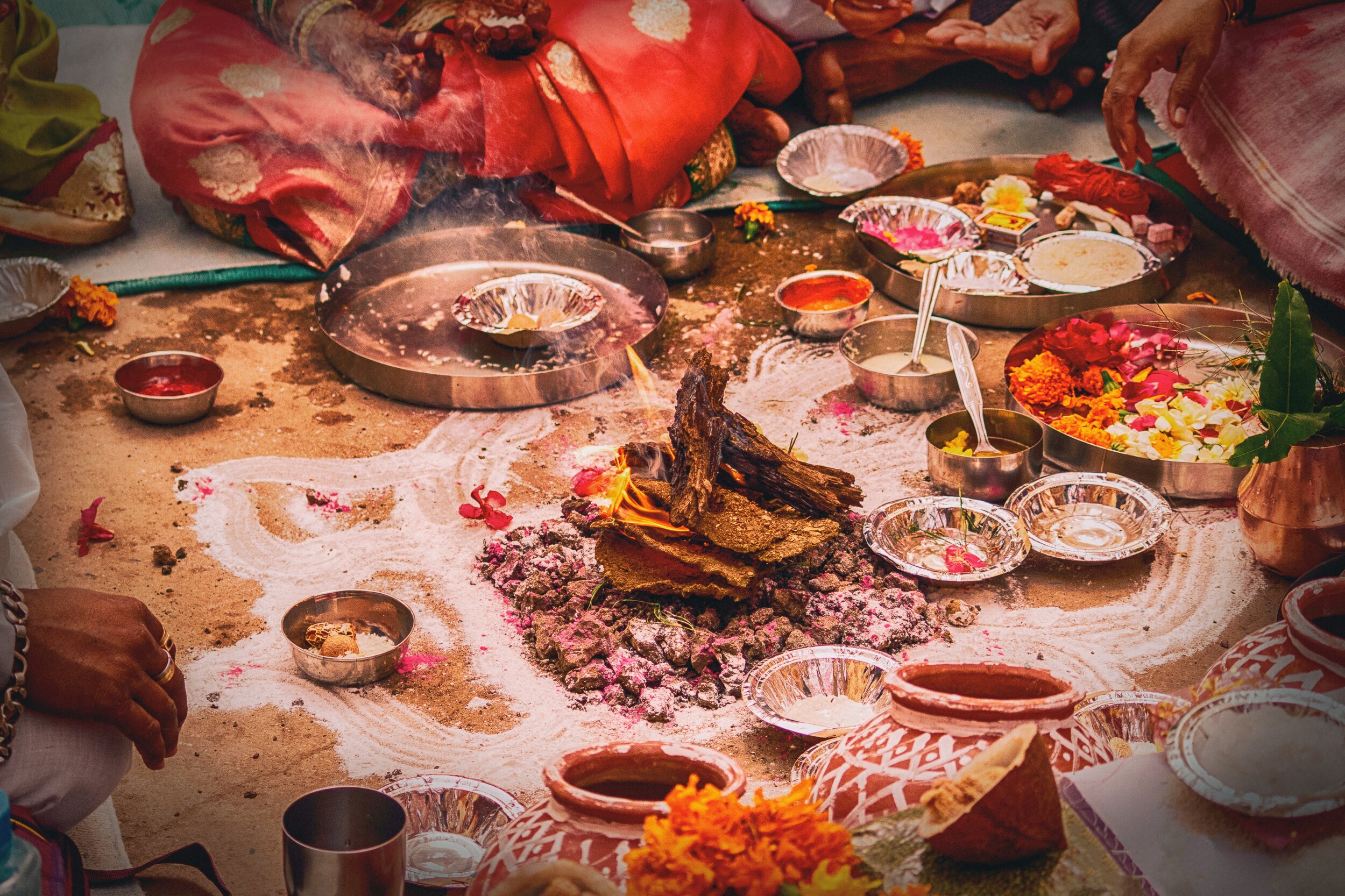Why do we sit in ceremony?
Photo by Vivek Doshi on Unsplash
Why do we sit in ceremony?
In short: to experience the great mystery; the unknown.
Ceremony is a container for the unknown. Which is why it’s often seen as the fastest pathway to enlightenment, often defined as a knowing and embracing of all that is unknown, or humility, a recognition that we all come from dirt. (humus, the root of the word humility, means “of the earth”)
Unfortunately, many of us use faith (or lack thereof) as a barrier to our own enlightenment. Ceremony feels too religious and we associate faith with religion and so instead we want to take a scientific approach to personal evolution, which has its focus singularly on what is known, and not on what is not known.
Science can only prove that which we have evidence for. Meanwhile, neuroscience also tells us we can only see what already exists in our mind. In short, the evidence exists inside of us first and then we go searching for external proof of what we already believe to be true. Because of this, guided only by our own beliefs, we put ourselves at great risk of our lives becoming a merry-go-round of self fulfilling prophecy.
At any point in time, though, should faith allow, we can ask to see god, and ask god to see. But we have to be willing to see ALL of it, not just the things that live inside of our preferences and judgments and comfortable physical sensations.
———
There is a reason ceremony often takes place at night and in darkness or low light. First of all, when we are tired, there are fewer barriers to entry that are governed by the intellect, often depleted by its daily energy stores come nightfall. Further to that, “seeing” has nothing to do with our physical eyes. It also is not just the “third eye” chakra. We can “see” and “hear” with all parts of our body and using each of all of our senses, sometimes simultaneously.
But again, only if we are willing to receive all of it.
Learning to see in the dark is a metaphor for awakening. A deep level of truth that both has one become all-seeing and also no longer in need of sight. All-knowing but fully embracing the unknown. Paradox, embodied.
———
One of the most powerful forms of personal growth is something called an aversion practice. It essentially means that anything you find aversion to, anything that repulses you, makes you uncomfortable, evokes judgment or righteousness or other flavors of reactive behavior, ought be made into a deeper practice of becoming one with it.
Aversion is a form of limitation. It’s like making the claim “I want a partner” but then upon opportunities for partnership presenting themselves, you say “not him because he’s too short” and “not him because he isn’t wealthy enough” and “not him because his family isn’t good enough” and “not him because did you see the shoes he’s wearing?” You consciously say you want a thing and then through your own aversions you limit your own ability to receive the thing you say you want.
———
Through penetrating our own limitations, we become free.
———
So if you have an aversion to ceremony or other spiritual practices because they lack science, allow neuroscience to guide you and lean in. Go immerse yourself in ceremony. Go find out everything you don’t know and can’t currently see because you’re blinded by your own beliefs (most of which aren’t even yours) and give yourself the truly enlightened gift of vulnerability and humility, instead.

